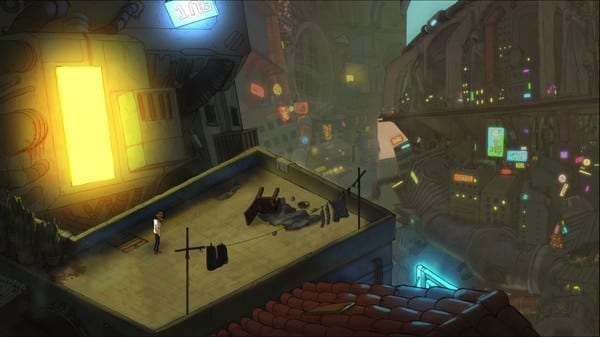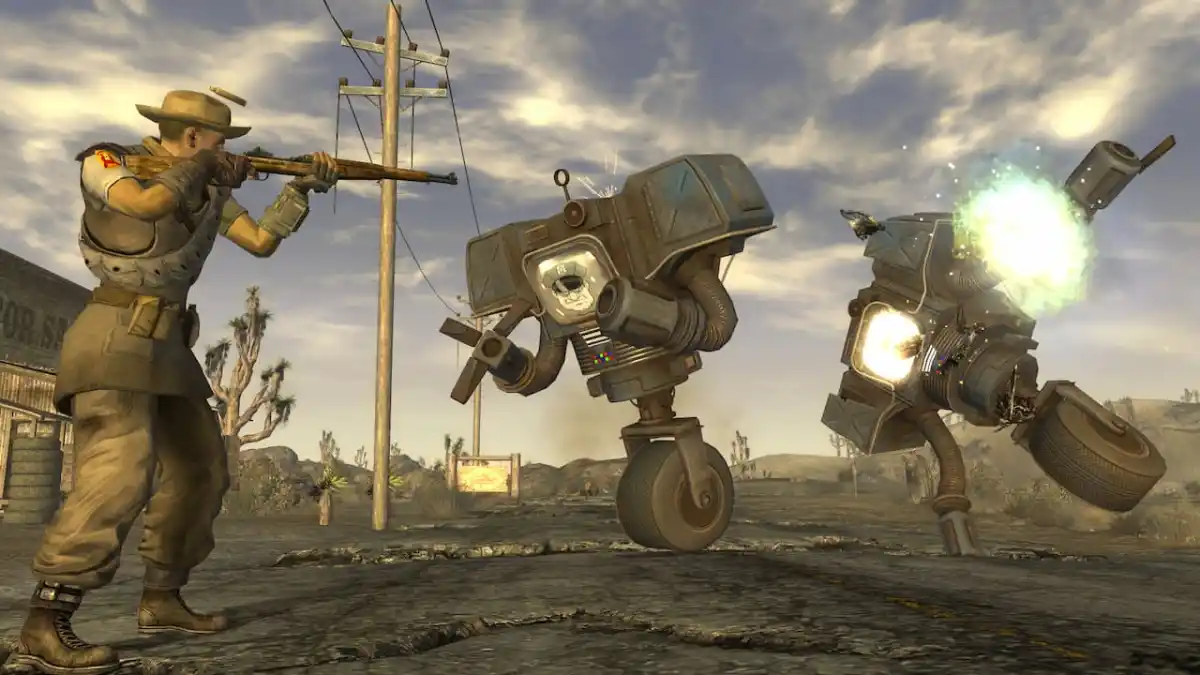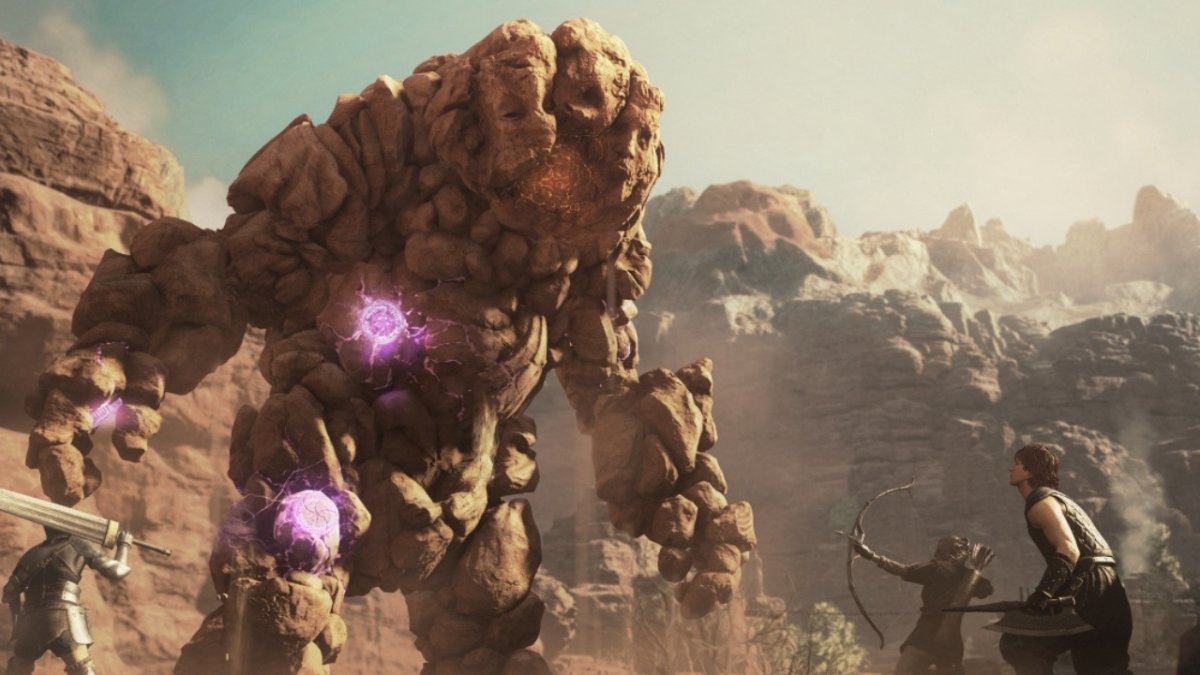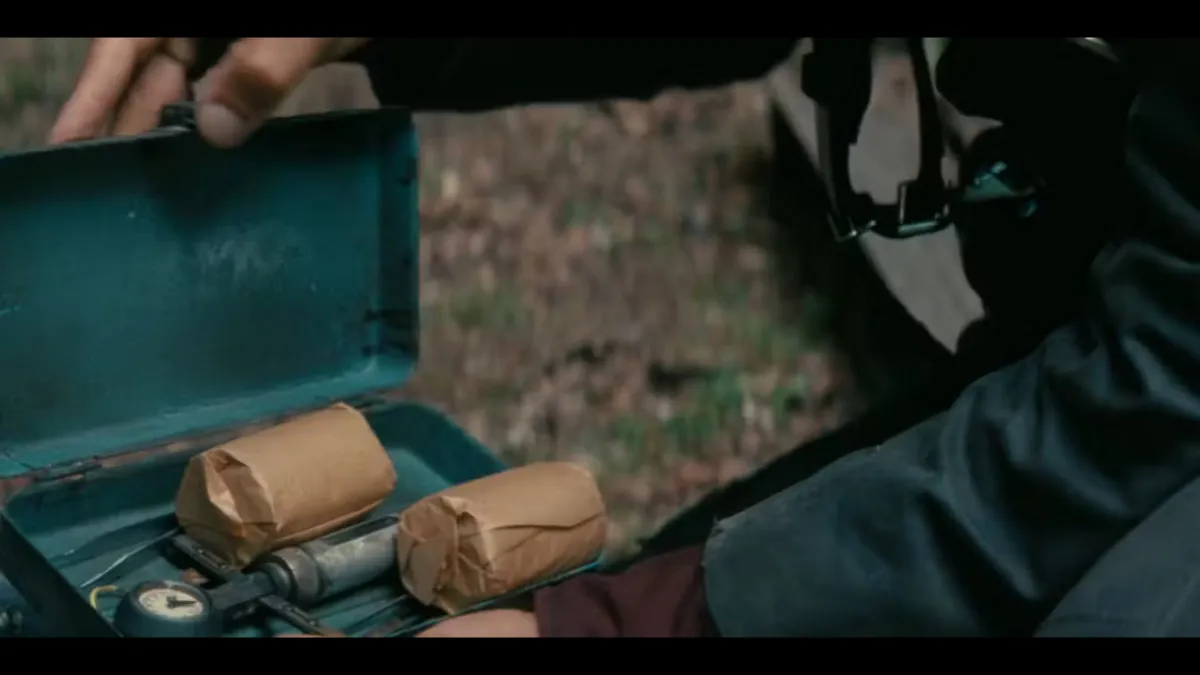To be clear, I don’t have an issue with difficult games. I like a challenge and definitely appreciate them when they’re done right. Every now and again, however, there are games that absolutely don’t do it right. To Leave handles its difficulty so poorly that it actually ruined the game as a whole for me. Before you scoff at how terrible I must be at all video games ever, take a look and see what you think once I make my case.
Early on, I was completely sold on To Leave. The game is absolutely beautiful, with shockingly good animation, great backgrounds, and a truly lovely aesthetic. For an indie game I’d never heard of, its presentation absolutely floored me. The game really does look like a work of art and I’m not being hyperbolic when I say that. There’s nothing else quite like it and I really wish the game design hadn’t let it down so hard in the end.
To Leave‘s story is similarly ambitious. It’s meant to be mostly ambiguous and tell a tale about depression and mental health issues. I’d love to give a better explanation than that, but I couldn’t bring myself to finish the game, so I’m afraid I can’t. Watching the story’s fully-animated cutscene and reading its journal entries is certainly an intriguing experience, as the story presentation echoes the game’s visuals in that regard.
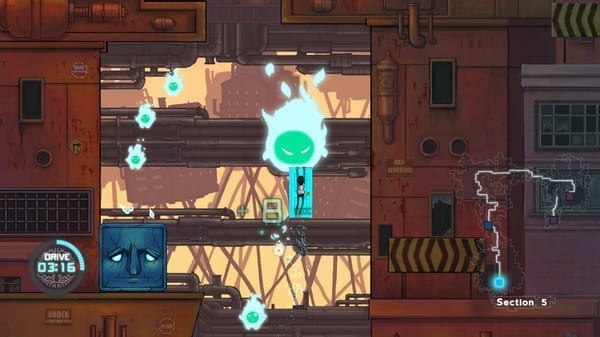
To Leave Would Have Been Fantastic As A Narrative Experience
At first, I thought To Leave was going to be a mainly narrative experience. Gameplay definitely isn’t the focus in the beginning, but after a bit, the game starts to show some obvious structure. Each chapter has you progressing to a temple to activate a node. Your job is to activate each temple in order to beat the game. The gameplay seems really weird at first, but once I understood its ins and outs, it became clear how familiar it really was.
Each chapter sees your character riding a door to the end of each level. You hold a button down and the door flies in the direction you tell it to. Hit an enemy or get hurt and you get knocked back to the last checkpoint. The levels are also covered in energy balls that fill up your energy meter. If your energy meter runs out, then you get a game over and have to restart the chapter over from the beginning.
Gameplay-wise, To Leave plays a lot like Helicopter, or its most famous derivative, Flappy Bird. You hold a button to fly up and let go of it to fly down. Doing this allows you to to make your way through numerous perils in the environment. The style of movement is well-trodden enough that it’s very familiar, while its individual design elements really make it feel like something else entirely.
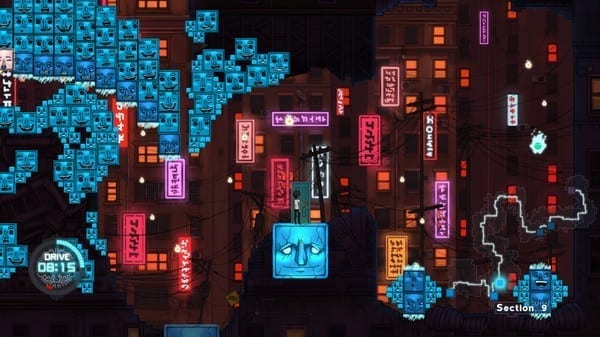
The “Difficulty Spike” Is Like A Kick In The Teeth
For most of To Leave, this isn’t a big deal in the least. The early chapters are short and easy. The difficulty ramps up a little bit at the midpoint, but it still feels like a mostly aesthetic and narrative experience. I was absolutely having a good time and very curious to see where the game was going. But once I hit a certain chapter everything changed in an instant.
Now, I used the term “difficulty spike” in the title, but that doesn’t quite express what happens in To Leave. Perhaps “difficulty eruption” or “random difficulty mountain” would be more accurate. The game’s difficulty goes from about a 4 out of 10 to what feels like a forty. I’m not joking, it’s that insane. I went from playing comfortably in one chapter to being in a state of miserable fury the very next. There’s no curve, no careful teaching of the game’s mechanics. It just throws you to the wolves in a random, insane way.
The game immediately throws a new type of enemy at you. This enemy quickly hurls itself at you from across the screen. And while the controls are adequate during the game’s earlier sections, here they just don’t feel responsive enough to give the edge I think I’d need to make these sections less of a nightmare. Checkpoints also become farther apart from each other and the difficulty continues to grow by leaps and bounds. And like I said before, you let your energy run out and it’s back to the beginning of the entire chapter.
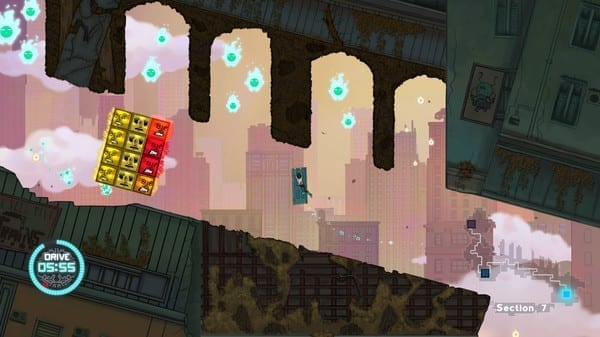
This Game Is Deeply Frustrating In A Way That Few Are
This chapter, in particular, ends with an extremely frustrating segment. I remember making it very close to the end, only to run out of energy at which point I had to re-do that insanely difficult section that came before the separate insanely difficult section that now stood in my way. The game continues on like this as well. The next chapter was one of the most deeply frustrating things I’ve ever witnessed in any game.
The energy meter absolutely doesn’t help matters either. The levels are stupidly hard as they are, but the energy meter only serves to make them extremely stressful. Perhaps it wasn’t a good idea for a game about battling depression to make its players deeply miserable, but the developers went after it anyway.
I think I made it nearly to the end before hitting an extremely tedious level where I was meant to repeat the annoying action of chasing a chained-up object that I repelled while lights flashed around the screen. I have no doubt that I could have gotten past this section as I had all the others. The issue, however, was that I knew that when I finally did, I’d run out of energy in one of the following sections and that I’d probably have to do it multiple times over.
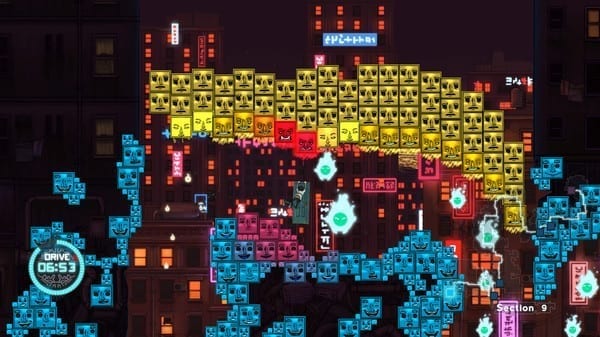
I Simply Couldn’t Will Myself To Continue The Torture
Playing To Leave definitely became a miserable experience for me. I really did want to finish it, but nothing could be worth the mountain of frustration the game represented. However, the game is an excellent example as to the extreme importance of difficulty curves and balance. Having a game go from easy and relaxing to something that seems trollish is a great way to absolutely destroy a game. It’s just a shame that what could have been a really great experience had to be ruined because the developers decided that it needed to be a different kind of game in the end.

